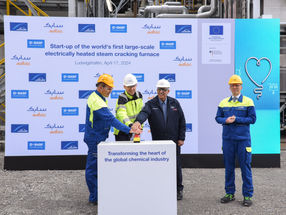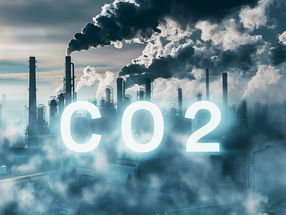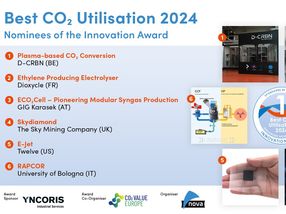Necessary Additives: Ceresana Analyzes the Global Market for Plasticizers
Alternatives to Phthalates Are in Demand
plasticizers are one of the best-selling chemicals. They are needed to make brittle plastics, rubbers, paints and coatings as well as adhesives more smooth, flexible, and soft. “PVC floors, cables, plastic toys or packaging – many everyday products contain plasticizers,” Oliver Kutsch, CEO of Ceresana, explains. “Even deodorants and perfumes require these additives.” The latest, already fifth plasticizer report by the market research company Ceresana forecasts the demand for this controversial but so far indispensable material to increase to about 10.5 billion tonnes worldwide until 2026.
Alternatives to Phthalates Are in Demand
Since phthalates are considered as harmful to health and environment and were already banned from many applications, processors of plasticizers are increasingly looking for phthalate-free alternatives. However, DEHP (bis(2-ethylhexyl)phthalate) was still the most frequently used plasticizer type in 2018 with 3.24 million tonnes. About one third of the plasticizer market was accounted for by the phthalates DINP (diisononyl phthalate) and DIDP (diisodecyl phthalate). However, phthalates are likely to continue to lose market shares in the years to come. In contrast, analysts at Ceresana expect demand for phthalate-free plasticizers to increase by 3.3% to about 2.3 million tonnes.
Plastics Are the Largest Application Area
In 2018, about 7.45 million tonnes of plasticizers were utilized for plastic products, especially for PVC. 2.33 million tonnes were used for films alone, followed closely by cables and profiles. Until 2026, Ceresana expects the segment profiles to account for the highest increase in plasticizer demand at rates of 3.0% per year. This development can be explained by, among others, the globally rising energy efficiency awareness: Energy-saving plastic windows are increasingly replacing aluminum or wooden window profiles.
Major Consumer is Asia
Plasticizer processing in Asia-Pacific accounted for about 60% of global demand in 2018. Due to above-average growth rates, demand in this world region will presumably rise to about 6.5 million tonnes in the next years. Asia is followed by Western Europe with currently 12% and North America with 11% of plasticizer demand.
Most read news
Other news from the department business & finance

Get the chemical industry in your inbox
From now on, don't miss a thing: Our newsletter for the chemical industry, analytics, lab technology and process engineering brings you up to date every Tuesday and Thursday. The latest industry news, product highlights and innovations - compact and easy to understand in your inbox. Researched by us so you don't have to.



























































